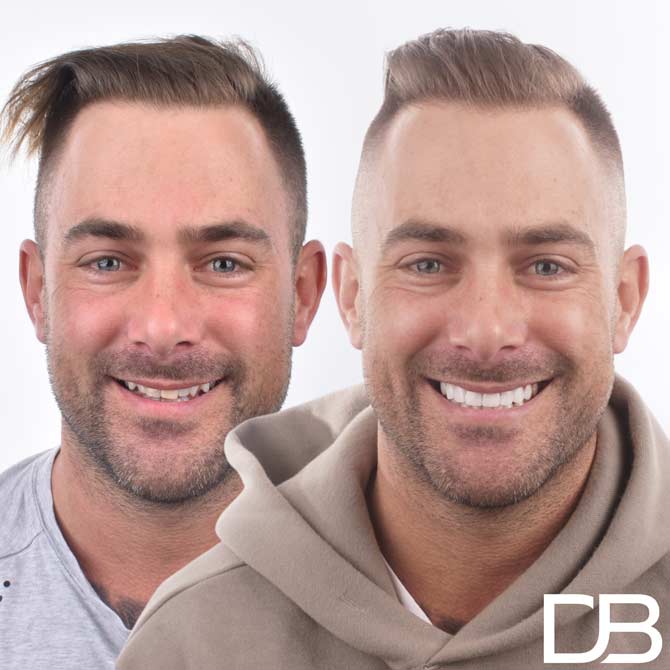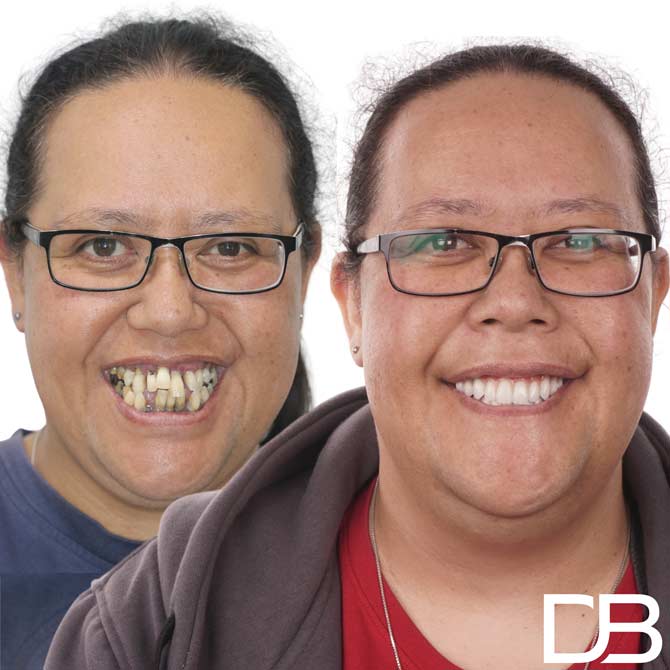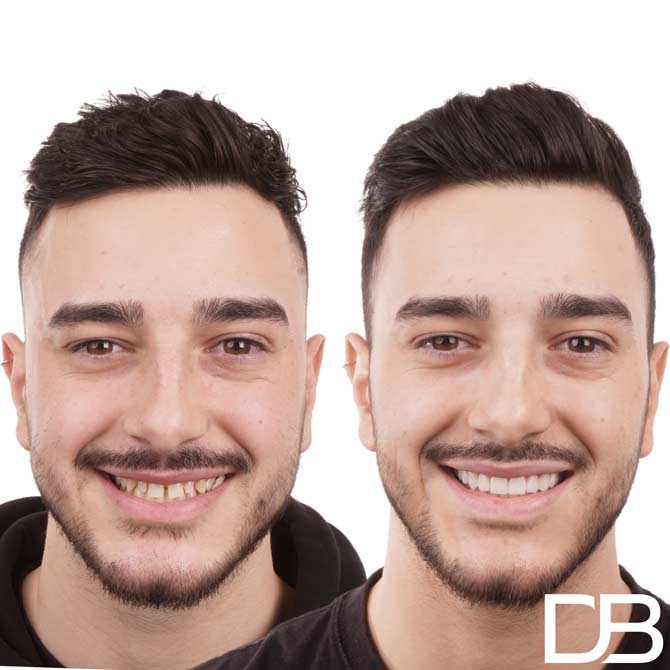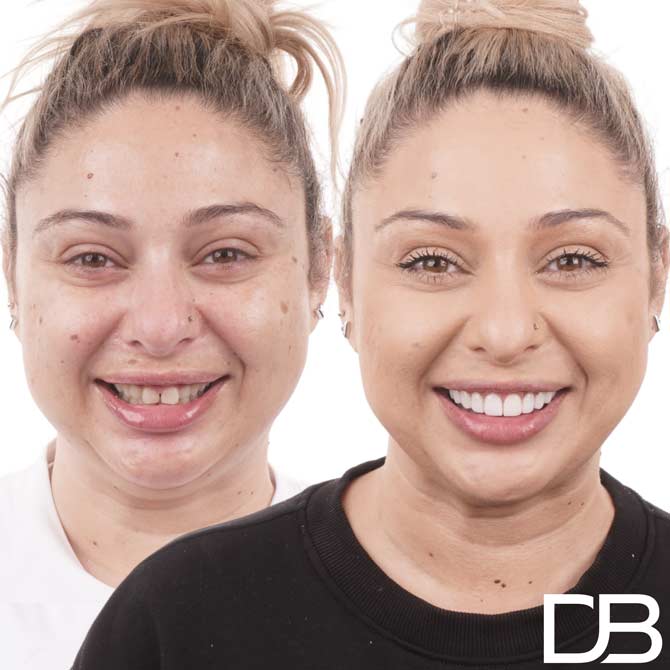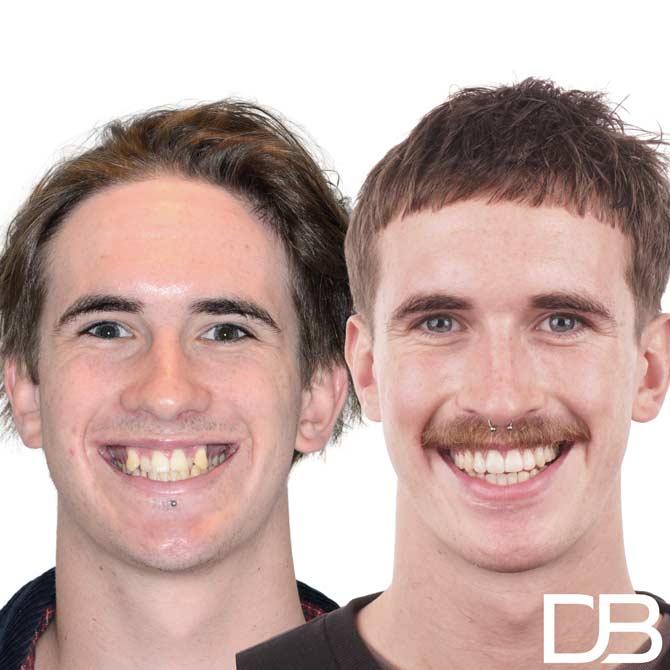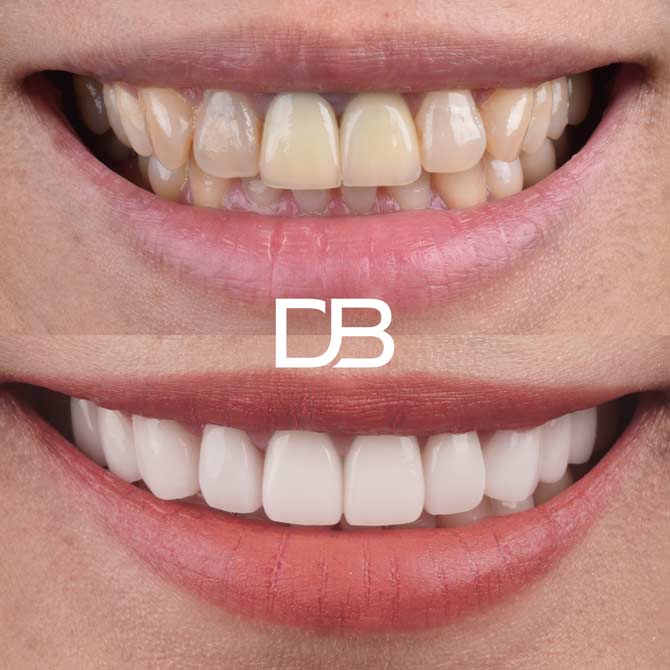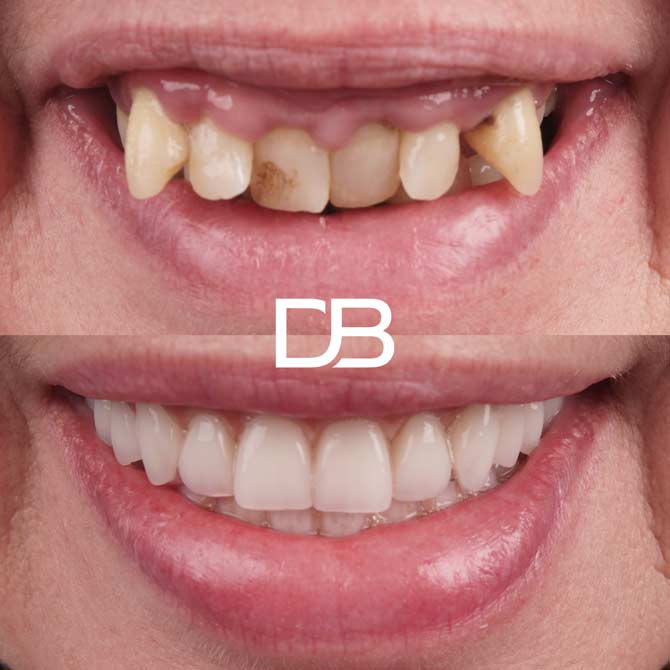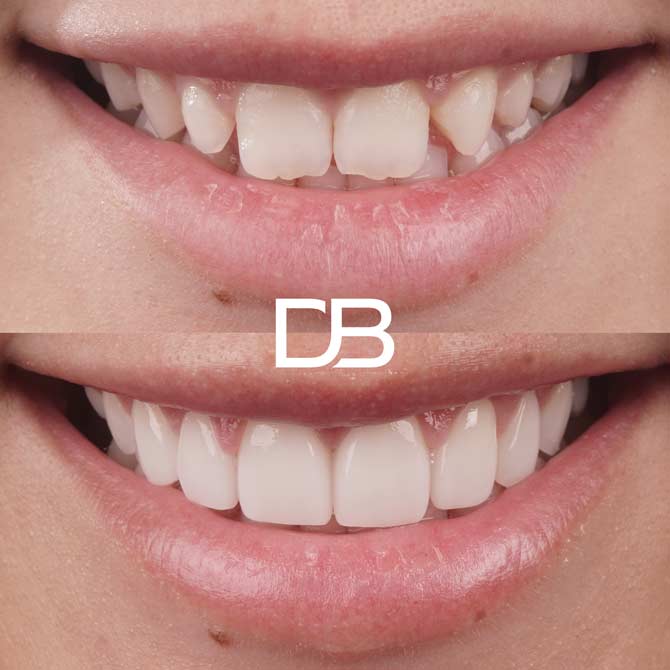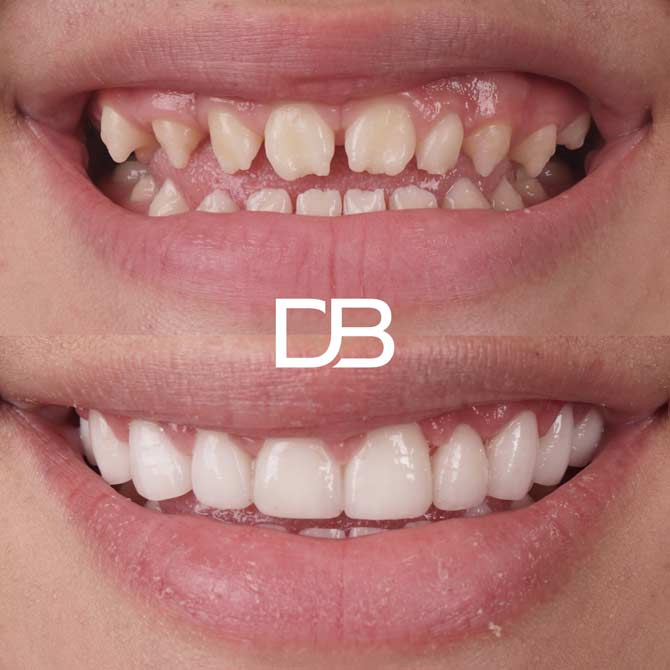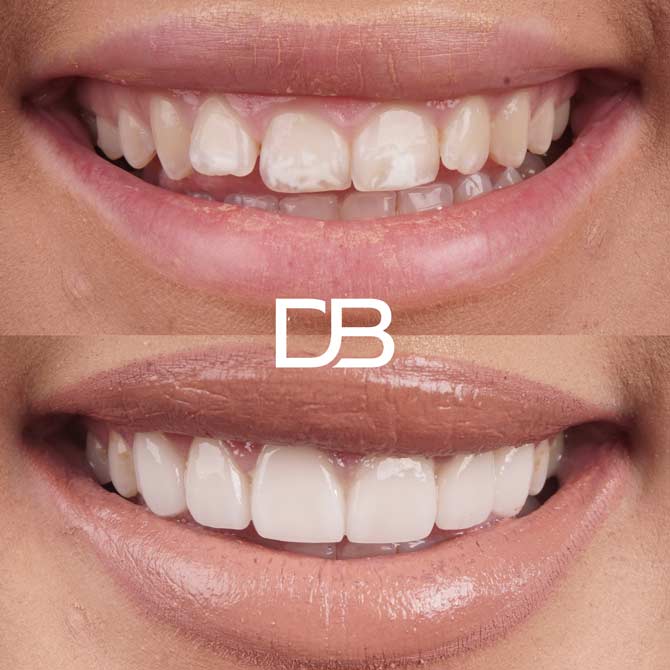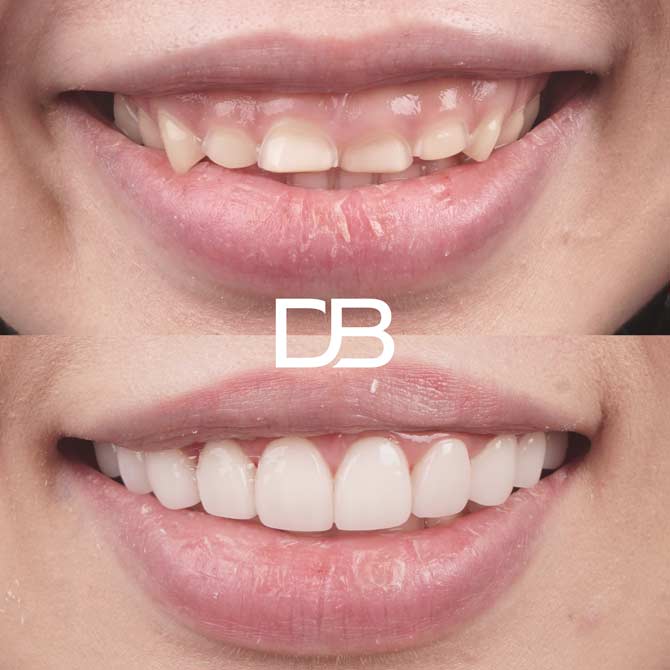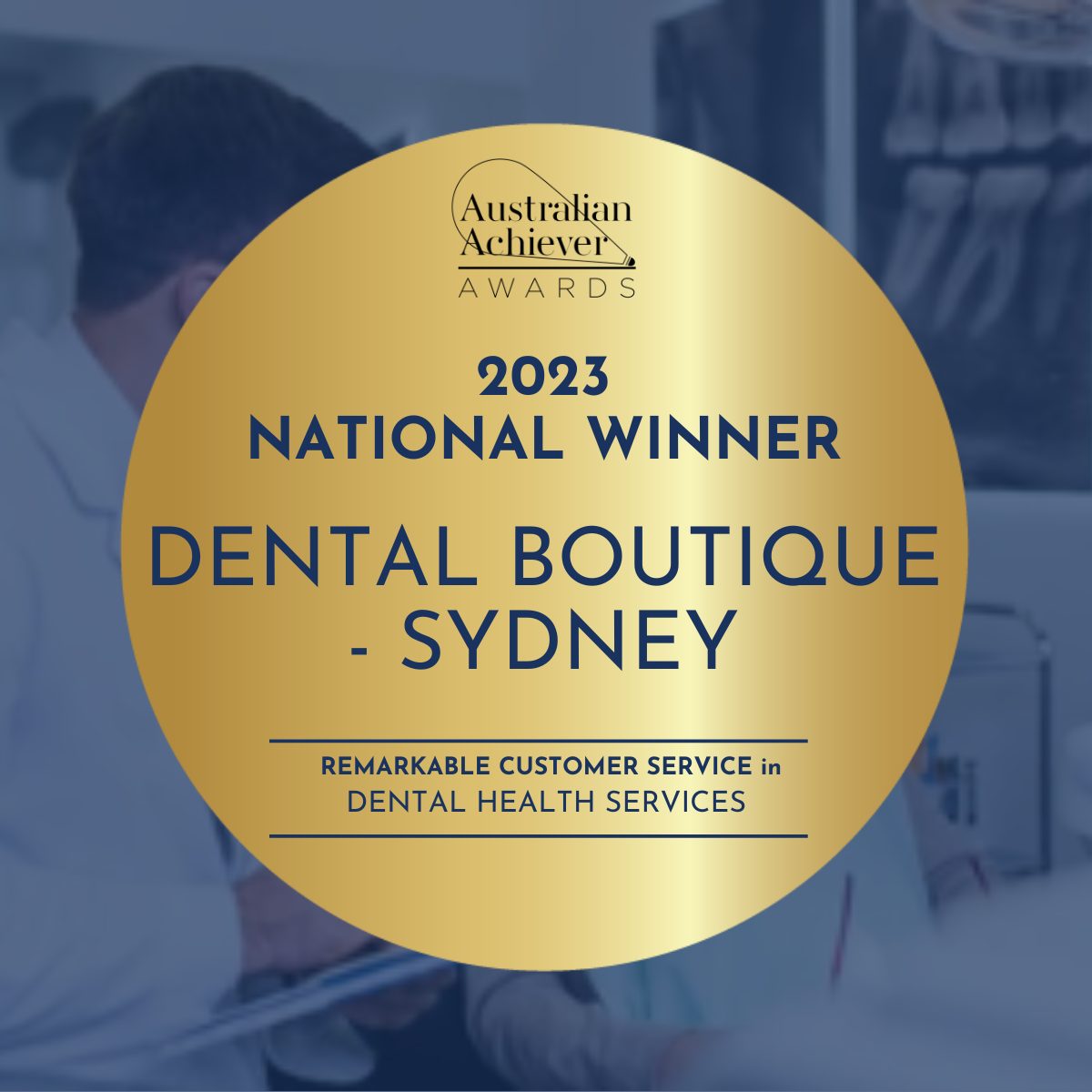It’s hard enough to get your children into a feeding, sleeping and play routine, without the added stress of brushing their teeth. Just like any routine, a health and hygiene routine is important also, but it’s no easy task to establish and complete.
Many children cry, scream and complain when it’s time to brush their pearly whites. In fact, for some parents the process is so challenging it’s easy to skip teeth-brushing altogether.
Childhood years are the most formative years and a time where children form lifelong habits. It is often difficult to change bad habits formed as a child. Over time their teeth may gradually deteriorate and mouth diseases start to form, increasing the likelihood of additional mouth problems such as gum disease, dental decay, tooth infection and losing teeth.
When should I start brushing my child’s teeth and how often?
Did you know that your baby has 20 primary teeth when they are born? You can’t see these teeth yet as they are hidden, but this means that good dental care begins before a baby’s first tooth pushes through the gums.
Brushing your child’s teeth twice a day (morning and before bed) for just two minutes helps to remove plaque, preventing tooth decay, gum disease and other dental problems later in life.
Here is a timeline of how you can introduce your child to oral health.
From birth
Use a clean, damp washcloth over your child’s gums. This will help to prevent bacteria build-up in your baby’s mouth, even before teething.
From 12 months (or earlier)
Once your baby gets teeth, use a soft, infant toothbrush with warm water to gently clean your child’s teeth.
From 18 months
Introduce children fluoride toothpaste to the teeth-brushing routine (about the size of a rice grain).
From 3 years old
Introduce a larger amount of fluoride toothpaste (pea-size) on the toothbrush, in proportion to teeth growth, and spit while brushing. Once more of your child’s teeth “touches” the neighbouring teeth, begin to introduce flossing.
How do you brush children’s teeth properly?
Red, swollen gums or plaque, a furry white/ yellowish film over your child’s teeth indicate that your child’s teeth are not being brushed properly.
Firstly before attempting to brush your child’s teeth, be sure to use a clean, soft bristled toothbrush. I recommend replacing your child’s toothbrush every 3-4 months, or when the bristles fray or wear to ensure optimal cleans.
Mastering the teeth-brushing technique takes time. Here are the steps I recommend to brush your child’s teeth effectively from 18 months to six years old.
- Squeeze a small amount (depending on the child’s age) of fluoride toothpaste onto a soft, infant toothbrush.
Tilt the child’s head towards you, so that you get a full view of your child’s mouth. Your child can either be sitting on your lap or standing, so you face the back of their head. - Ensure your child is comfortable.
- Place the toothbrush into the child’s mouth on an angle towards the gum and gently, using a consistent circular motion, clean the outer gums and teeth.
- Work your way in to clean the gums and teeth on the inside of the mouth in a circular motion until all surfaces have been brushed thoroughly.
- Encourage your child to spit the toothpaste to avoid swallowing.
This article was published in

Top 5 ways to make brushing fun
Children under the age of six should be supervised while brushing their teeth, as they are more likely to swallow toothpaste. This means you will most likely be helping your children brush their teeth until they are able to do so on their own, so might as well make it an exciting routine for the whole family that will stick!
Let your kids practice on you or others
If you are tired of trying to get your child to open their mouth, open yours! If you don’t feel comfortable with this, your child can practice on their favourite stuffed animal or doll. By letting them practice on you or a toy, this makes teeth-brushing hands-on and an interactive activity for them. Not only do you or a toy score a free clean, but this develops your child’s independence, motor skills and confidence by practicing all by themselves. Let them open the tube, squeeze the toothpaste onto the toothbrush and have fun learning how to brush their teeth properly while playing.
Make it a competition
A good way to reward your child for brushing their teeth I recommend is to buy a calendar or daily tracker and fun stickers that your child will love and mark their effort morning and night with a sticker. You or other siblings can join in also in the ultimate cavity-fighting competition. Another competition idea is to make it a race to who can brush their teeth the longest. It is recommended to brush your teeth for two minutes, so a stopwatch can be used to time the race. Whoever brushes for two minutes or more gets a sticker on the calendar or daily tracker.
A bit of healthy competition can be fun and at the end of every month, it might be a good idea to reward your child or children with a bigger reward. This might be movies tickets, dinner at their favourite restaurant or play date with a friend at the park. Whatever it might be, this may help to continue teeth-brushing momentum the following month.
Create a teeth-brushing story
Another creative trick is to use your imagination and create stories or scenarios that will inspire your children to brush their teeth. It can be “sugar bugs” or “teeth monsters” attacking your teeth, and the only way to destroy them is to brush and clean your teeth with some water and toothpaste. Make it extra fun using props such as capes, hats, wands or swords, so that they feel like a real superhero fighting the evil perpetrators.
Dance, play and brush to music
Research shows music enhances a child’s learning capacity. You can play their favourite song and dance around the room with them during teeth-brushing time (maintaining proper teeth brushing technique of course!). When the music stops, they will be done brushing their teeth. You could even make up your own teeth-brushing tunes. This will help to distract your child from the tedious chore and engage your child in a fun daily routine. This tip may just help your child through brushing for the full two minutes.
Purchase your child a toothbrush or toothpaste with their favourite character on the packaging
Whether your child adores Elmo, Spiderman or Barbie, find a toothbrush or toothpaste set that is themed in your child’s favourite character to make teeth-brushing time exciting and something they look forward to every morning and night.
Every child learns and retains information differently, so try a few tips and find one that works for them, and stick to it. Your child’s oral care habits are paramount, so they can look forward to a lifetime of healthy, beautiful and long-lasting smiles.

